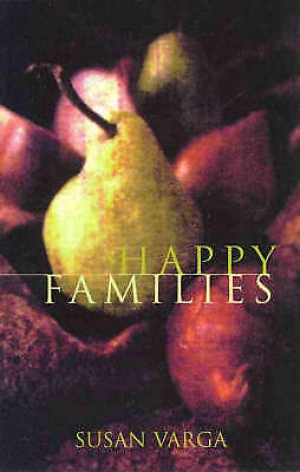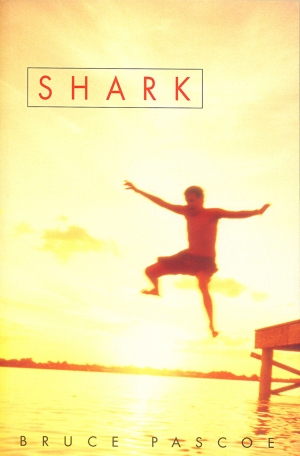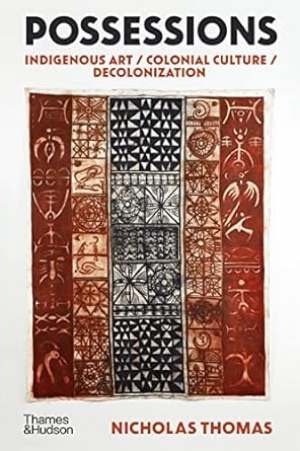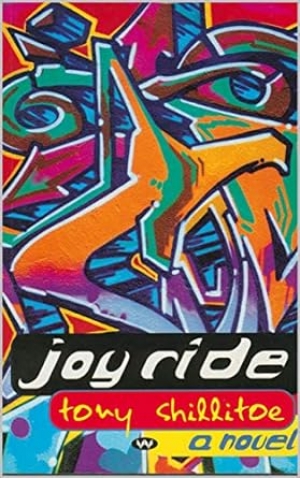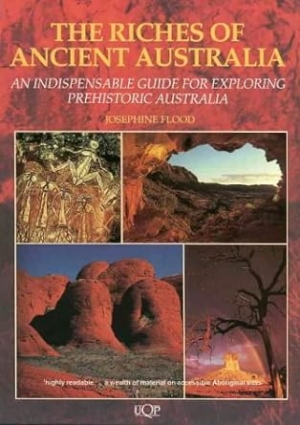Archive
There are now 10,000 books written about Auschwitz. About the Holocaust there must be many more tens of thousands. Lily Brett is one of the great readers and collectors of these books. Her novels and poems are awash with Holocaust details and with an obsessive sense of responsibility for this impossible knowledge. Impossible because the horrific details cannot be held in the mind for long. In Too Many Men, the Holocaust stories do not come with the poised and philosophical moral gravity of an Inga Clendinnen, nor with the outrageous sensationalism of a Darville but with a doggedness and astonishment that are finally powerfully effective.
... (read more)Since the publication in 1995 of her first collection, Michelangelo’s Prisoners, Jennifer Harrison has continued to impress readers and to broaden her repertoire. Her fourth collection in as many years, the intimately entitled Dear B, consolidates her reputation and demonstrates sufficient difference and intensity to satisfy admirers of this sensitive, likeable poet.
... (read more)During my reading of Susan Varga’s first work of fiction, Happy Families, I was drawn back into the fields of family and emotion as offered in the two recent American films: The Ice Storm and Six Degrees of Separation. Each of these works hard at tracking the intricacies of humans connecting and communicating, the tectonics of family and emotional landscapes. Happy Families shows us, up close, mothers and daughters, aunts and grandchildren and cousins, lovers and spouses and neighbours. The drive of the work is, as with the two films cited, about how trauma is carried in the body, how we try and trick ourselves about recoveries. And, to a lesser extent, how we integrate the apprehension of difference into our experience of walking through the world. Varga’s novel is one of restitution and connection.
... (read more)Peter Edwards reviews 'Breaking the Codes: Australia’s KGB Network 1944-1950' by Desmond Ball & David Horner
Breaking The Codes was published last August. The time that has subsequently elapsed makes it possible to comment not only on the book itself but also on some aspects of its reception.
... (read more)Figuratively speaking Shark reminds me of a pencil-and-paper game: change FOX into SHARK a letter at a time, so that the stepping-stones of words like the one to the other. For Fox is back, back from the independence struggle in West Papua and retired to Australia and the evocatively named coastal town of Tired Sailor, and by the end of the book Fox has become Shark, elegiacally linked by some of Bruce Pascoe’s most lyrical prose.
... (read more)Bronwen Douglas reviews 'Possessions: Indigenous Art/Colonial Culture' by Nicholas Thomas
Nick Thomas is arguably the outstanding academic of international repute at present working in the humanities and social sciences in Australia, as attested by his receipt of the 1998 Royal Anthropological Institute’s Rivers Memorial Medal for exceptional achievement of publications’. He is certainly prolific: Possessions is his eighth single-authored scholarly book in thirteen years. Thomas’ work is eclectic in discipline, interests and style. His themes range from Pacific history to anthropological theory, to postcolonial cultural history and critique, to art. The ambiguous intersections of local and colonial histories and cultures are a persistent concern, with increasing focus on material objects and the visual. He is equally adept with academic arcana as with a prose style directed to that publisher’s ideal, the educated non-specialist.
... (read more)Pam Macintyre reviews 'Joy Ride' by Tony Shillitoe and 'Straggler’s Reef' by Elaine Forrestal
One story about a young disaffected male, and another about a sacrificial female, typify the extremes of the range of material currently being published for young people. Straggler’s Reef, for the younger end of the readership, is a conventional story of the past intersecting with the present to resolve events in both time frames. Karri, her brother Jarrad, and their father are sailing off the coast of Western Australia when a squall lands them on a reef. Karri has her grandmother’s recently completed family history to occupy her. The recount of events in the 1840s is engrossing and evocative, and made this reader long for a straight historical novel.
... (read more)Peter Craven reviews 'Collected Poems I 1961-1981' and 'Collected Poems II 1984-1999' by Peter Porter
Peter Porter first came to prominence nearly forty years ago as an ironic, tough, rather dandyish poet who wore his Australian expatriatism with a flair and who kept his poetic distance on a London which enthralled and appalled him. He came out with striking lines like ‘I am only the image I can force upon the town’ – all glitter and brittleness – but he was also the kind of poet who could produce the sort of set pieces which seemed to sum up the world of a London which was swinging almost as if it was on a gibbet: ‘All the boys are howling to take the girls to bed’ is the promising opening of ‘John Marston Advises Anger’ which evokes with, yes, sub-Jacobean panache, a time and a place intimately known but still half strange and riddled with the glamour of the stage set, the rhetoric of the nothingness of where it’s at.
... (read more)Mike Smith reviews 'The Riches of Ancient Australia: An indispensable guide for exploring prehistoric Australia' by Josephine Flood
Last year I took my twelve-year-old daughter to see Lake Mungo. We talked all morning about ancient lakes and Aboriginal camp sites but looking at the saltbush she could not make the jump. Standing on the lunette, her keen eyes picked out a tiny crenulated piece of bone amongst the drift sand. Less than ten millimetres long it was a fish otolith, part of the bony structure of the inner ear, its shape characteristic of golden perch. Puzzled she looked around at the dry plain and started to ask, ‘How did a fish get way out here?’. Watching her eyes, I saw the flash of understanding: an ancient lake full of water snapped into focus. The tiny otolith was tangible evidence of past environments no book could match. But to grasp the past imaginatively and intellectually you need to visit the sites and learn to read the landscapes. This is part of the reason I like the latest edition of The Riches of Ancient Australia, Josephine Flood’s field guide to prehistoric Australia. It encourages people to get out and look around.
... (read more)Catherine Ford reviews 'The Layers of the City' by Antoni Jach
An unnamed visitor and note taker wanders present day Paris in Antoni Jach’s new novel, researching something about the city’s ‘many layers’. This amorphous and arduous quest brings him to a certain library where, while he is waiting for a book on aboveground Paris to be retrieved, a spirited American woman tries to draw him out on his work and why he’s in Paris. He airily responds that his interest lies not only in the city’s underground layers but ‘the buildings and the ether’. He’s remote and strangely earnest yet she’s keen to meet him again, whereas he ‘feels like a barbarian’ in her company and is too neurotically preoccupied with some other kind of engagement, an exchange with history, to flirt.
... (read more)


